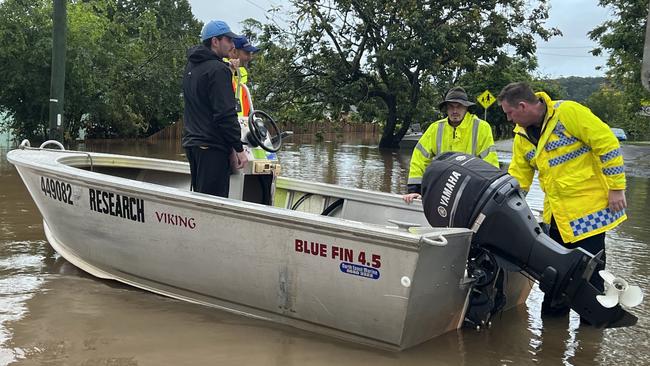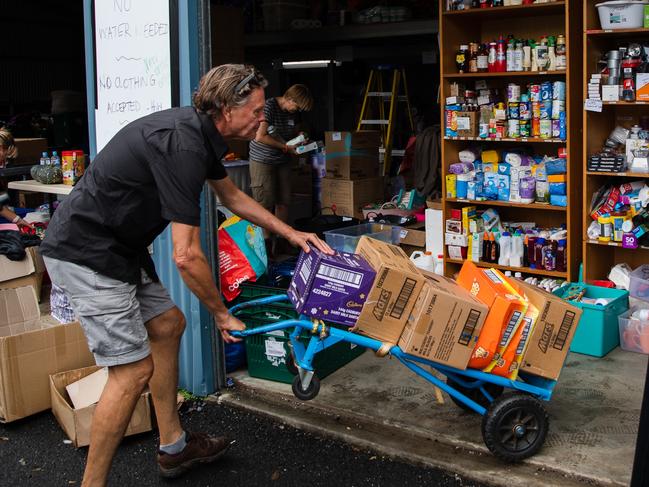Southern Cross University saved a community hit by devastating floods
During the Lismore floods, Southern Cross University welcomed 4000 people onto its campus as well as schools and local businesses.

Community Champion Award Finalist Southern Cross University
-
A safe haven and partner - Northern Rivers floods
-
The big rains began in northern NSW the day before the Southern Cross University campus, in Lismore, was due to reopen its doors on March 1, 2022, after the long summer break and after nearly two years of Covid-induced remote study and work.
With a saturated catchment and a mass of water coming down the Lismore River from heavy rains north of the Queensland border, locals knew flooding was inevitable – but they didn’t realise just how bad it would get.
A region-wide blackout. Rooftop rescues. Destroyed houses. A tinnie army – including the university’s research vessels – ferrying people from the deluged areas to higher ground.
Southern Cross, with a spacious 25ha campus on higher ground, remained largely untouched and the only flood-free land close to the town of Lismore.
The university flung open its doors, housed evacuees in the massive gymnasium and welcomed those who preferred to camp on-site.

At the peak of the crisis, the university accommodated up to 4000 flood refugees.
“We suddenly became a little city,” says Southern Cross pro-vice-chancellor (research and education impact) Ben Roche.
“The university held it together. At one stage we were the only place receiving food donations and distributing food to communities.”
University executives decided to agree to all requests and work out how to proceed as time went on.
With school education in the region already reeling from protracted Covid-19 lockdowns, the university took particular care to help schools.
A new independent school, the region’s biggest Catholic college and a state high school are now permanently located on the Southern Cross campus.
Looking to the future, university executives hoped the institution could lead the way in planning for life on Australia’s most frequently inundated flood plain. Climate change is likely to mean the rate and severity of floods will increase over time, so there are big questions to consider.
Roche says Living Lab Northern Rivers – a project jointly run by Southern Cross and the University of Technology Sydney in partnership with the Northern Rivers Reconstruction Corporation – provides a platform for the best quality information and research so the community can make the essential “major choices”.
These will likely include a dispersed Lismore CBD with built-in redundancy.
Roche says the floods effectively reduced the housing stock by about 3500 dwellings, so the most appropriate types of dwellings for rebuilding had to be determined. Moreover, the issue of whether housing should be rebuilt at all on the flood plain needed to be addressed.
Some locals have already rebuilt houses and shops with flood-appropriate materials – erecting buildings that can be hosed out, that won’t be mould-damaged and that won’t swell with water inundation.
The latest Living Lab exhibition, Bring it On Home, goes into the finer details of the housing crisis in the Northern Rivers region and offers a variety of solutions for new types of housing – with examples – that would better adapt the region for natural disasters in the future.
“These are the issues we’re grappling with now,” Roche says.
“Housing design, the planning changes needed, how to give decision-makers more scope in terms of available options, and the question of density, and what is the appropriate density?”



To join the conversation, please log in. Don't have an account? Register
Join the conversation, you are commenting as Logout